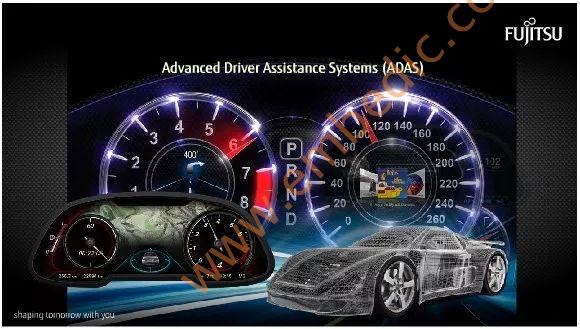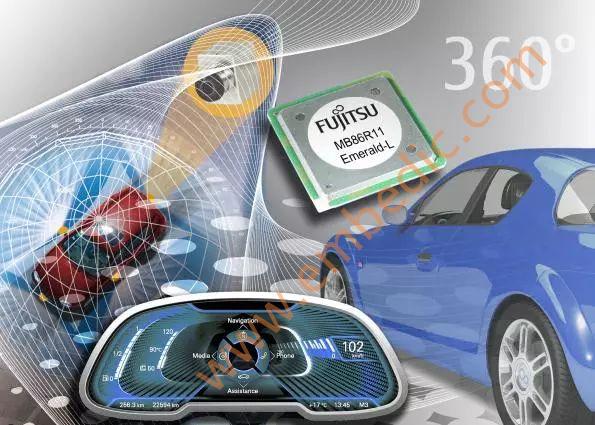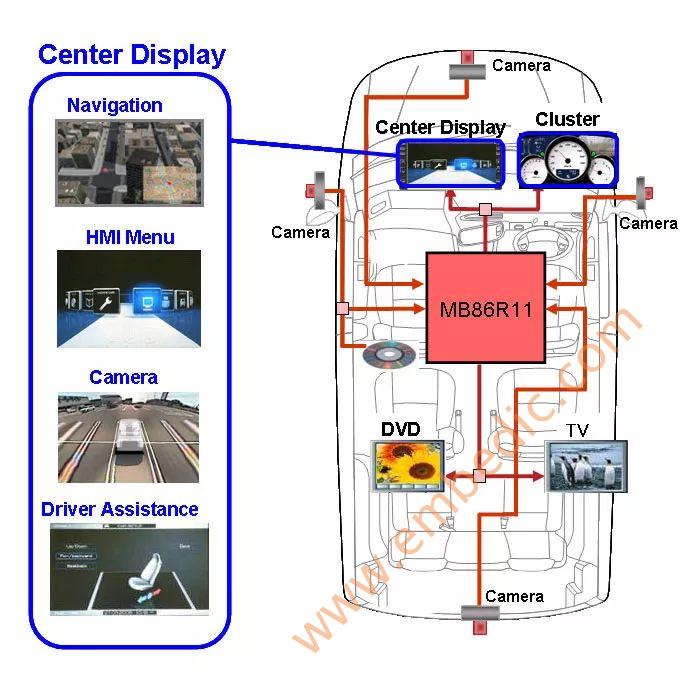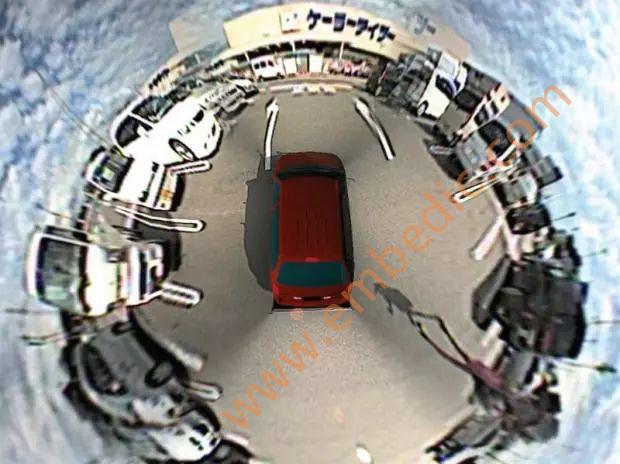The ADAS market has grown rapidly in recent years. This type of system was originally limited to the high-end market, but is now entering the mid-range market. At the same time, many low-tech applications are more common in the entry-level passenger car field, and improved new sensor technologies are also available. Create new opportunities and strategies for system deployment.
Advanced Driver Assistance System (ADAS), abbreviated as ADAS, uses a variety of sensors installed in the car to collect environmental data inside and outside the car at the first time to identify, detect and detect static and dynamic objects. Tracking and other technical processing, so that the driver can detect possible dangers in the fastest time to attract attention and improve safety.
The sensors used in ADAS mainly include cameras, radars, lasers and ultrasonics, which can detect light, heat, pressure or other variables used to monitor the state of the car. They are usually located in the front and rear bumpers, side mirrors, inside of the steering column or windshield. On the glass. Early ADAS technology was mainly based on passive alarms. When a vehicle detects a potential hazard, an alarm will be issued to remind the driver to pay attention to abnormal vehicle or road conditions. For the latest ADAS technology, active intervention is also common.

At present, most of the innovation of automobiles comes from the innovation of automotive electronics. From the perspective of automotive electronic systems, it is gradually evolving from a decentralized architecture (controlled by numerous ECUs) to a centralized or even a central control system (super processor) , This trend is the same pattern when it is implemented in ADAS. Changes in this trend, including reducing ECUs, reducing power consumption, improving processor and memory utilization efficiency, reducing the difficulty of software development and improving safety, have enabled automotive semiconductor manufacturers to play an increasingly important role in the entire automotive industry.
At the same time, for the ADAS processor chip, it currently presents a product form similar to that of a smart home, with a single product explosion, and a combination of multiple functions, that is, a single product similar to Mobileye's visual processing ADAS chip, and the fusion of multiple sensors. Make ADAS processing chip become the trend of the platform.
Fujitsu's ADAS technology mainly involves the realization of image recognition assistance and proximity target detection through the combination of cameras and sensors. The main application areas are 360-degree 3D panoramic assistance, visual parking assistance, driving blind spot monitoring, safe driving doors and car driving Identification of obstacles and pedestrians around the direction.

The panoramic video system including the 2D/3D image SoC based on MB86R11 "Emerald-L" supports four cameras, front, rear, left, and right for real-time panoramic video monitoring of the surrounding environment of the car.
MB86R11 is a single-chip system LSI that integrates ARM's Cortex-A9TM CPU core, 4 video input ports and up to 3 display output ports, as well as various peripheral interfaces to meet the requirements of automotive applications. The excellent rendering performance of MB86R11 makes it a leader in the field of image display chips for automotive applications.
MB86R11 enables the system to freely change the display content according to different driving situations. In addition, by allowing the driver to view the conditions around the car from the camera video, it supports environmentally friendly driving, and conveys various information to the driver in an intuitive way to improve driving safety.

MB86R11 integrates a high-performance Cortex-A9TM CPU core, 4 video input ports and up to 3 display output ports. This core can perform high-speed image processing on the video data input and output from these ports. For example, the MB86R11 can be used to implement a single-chip-based 3D surveillance system, which can synthesize and convert photos from the surrounding scenes of the car with four cameras installed in the front, rear, left and right of the car in real time.

The chip supports automatic adjustment of image contrast to ensure that high-contrast images can be seen at night with high visibility or in the same scene. In addition, this function can also adjust TV or DVD video to obtain clear and bright images. When displaying a three-dimensional map in a car navigation system, the images can not only be displayed overlapped, but can also use the existing system to present high-quality images, and can also use higher resolution to present high-quality streets and scenery.
1.Four built-in video capture functions
The four video input ports can simultaneously process a variety of different video images. The input port supports a resolution of up to 1280 x 720 pixels, a zoom function, and a conversion function to convert a moving image from an interlaced scan format to a progressive scan format, thereby generating images with minimal noise.
One of the video input ports can handle interlaced video input up to 1920 x 1080 pixels and supports the input of digital TV images.
2.Three output display functions and high-speed 2D/3D rendering function
Built-in three output display controllers, two of which can be reused and each output two display screens, supporting up to five display outputs in total.
Through the eight-level display and inter-layer color mixing function, the outline of the image covering the background map will be blurred, making the image blend into the surrounding background. In addition, even under the conditions of different resolutions and color attributes, the dithering function and gamma correction function can display high-quality images.
The built-in programmable shader can accurately render light reflections and shadows, making the image texture delicate and more realistic.
3.Built-in image enhancement circuit
The built-in dedicated video processing engine can perform edge enhancement, color correction and backlight adjustment, and can improve the contrast of night shot videos to obtain higher quality video images.
In addition, the backlight brightness is automatically adjusted according to the video stream data, which can reduce system power consumption.
Manufacturer: Texas Instruments
IC DSP FLOATING POINT 256BGA
Product Categories: DSP
Lifecycle:
RoHS:
Manufacturer: Microchip
IC MCU 16BIT 32KB FLASH 28SDIP
Product Categories: 16bit MCU
Lifecycle:
RoHS:
Manufacturer: Texas Instruments
IC DIGITAL MEDIA SOC 529FCBGA
Product Categories: SOC
Lifecycle:
RoHS:
Manufacturer: Texas Instruments
IC DGTL MEDIA PROC 529FCBGA
Product Categories: DSP
Lifecycle:
RoHS:
Looking forward to your comment
Comment